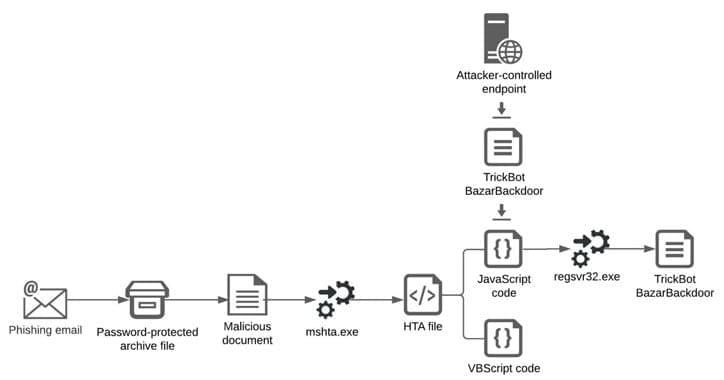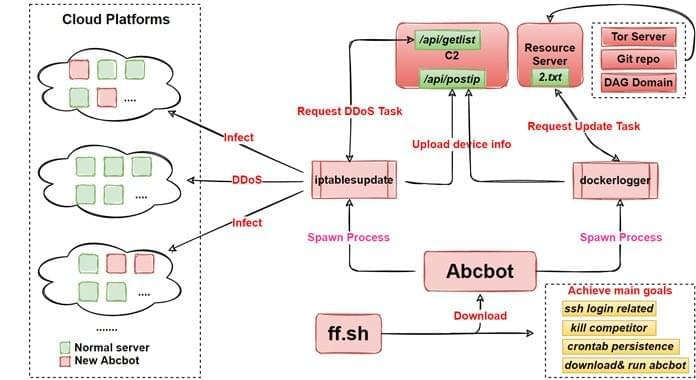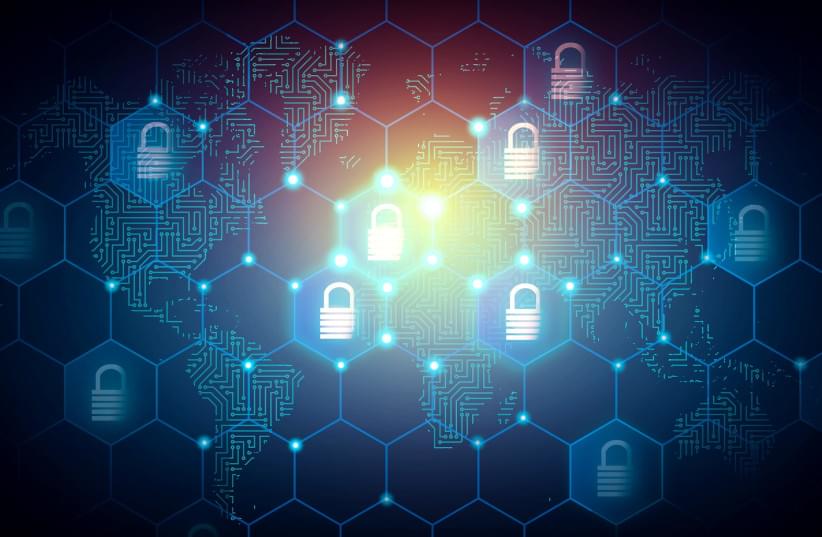Many of the malware campaigns we have detected over the last year have been global at scale, targeting anyone with little regard to their location. Recently, we discovered and began monitoring the activity behind PhoneSpy, a spyware aimed at South Korean residents with Android devices. With more than a thousand South Korean victims, the malicious group behind this invasive campaign has had access to all the data, communications, and services on their devices.
Unlike other spyware campaigns we have covered that take advantage of vulnerabilities on the device, PhoneSpy hides in plain sight, disguising itself as a regular application with purposes ranging from learning Yoga to watching TV and videos, or browsing photos. But in reality, the application is stealing data, messages, images, and remote control of Android phones. The data stolen from victim devices ranged from personal photos to corporate communications. The victims were broadcasting their private information to the malicious actors with zero indication that something was amiss.
While the victims have been limited to South Korea, PhoneSpy is an example of how malicious applications can disguise their true intent. When installed on victims’ devices, they leave personal and corporate data at risk. With mobile devices playing critical roles in distributed and remote work, it is no surprise that spyware campaigns like PhoneSpy are on the rise.










